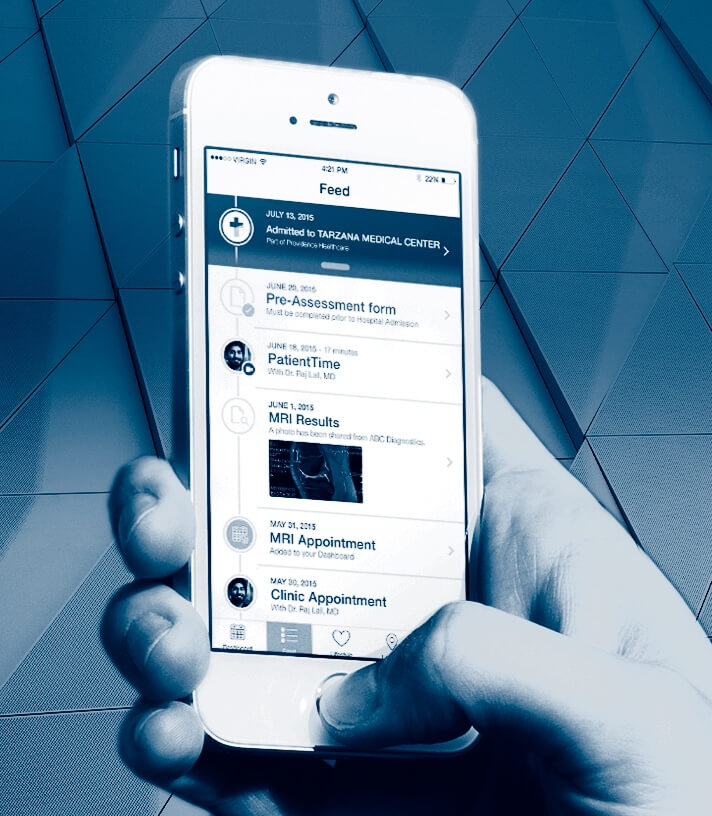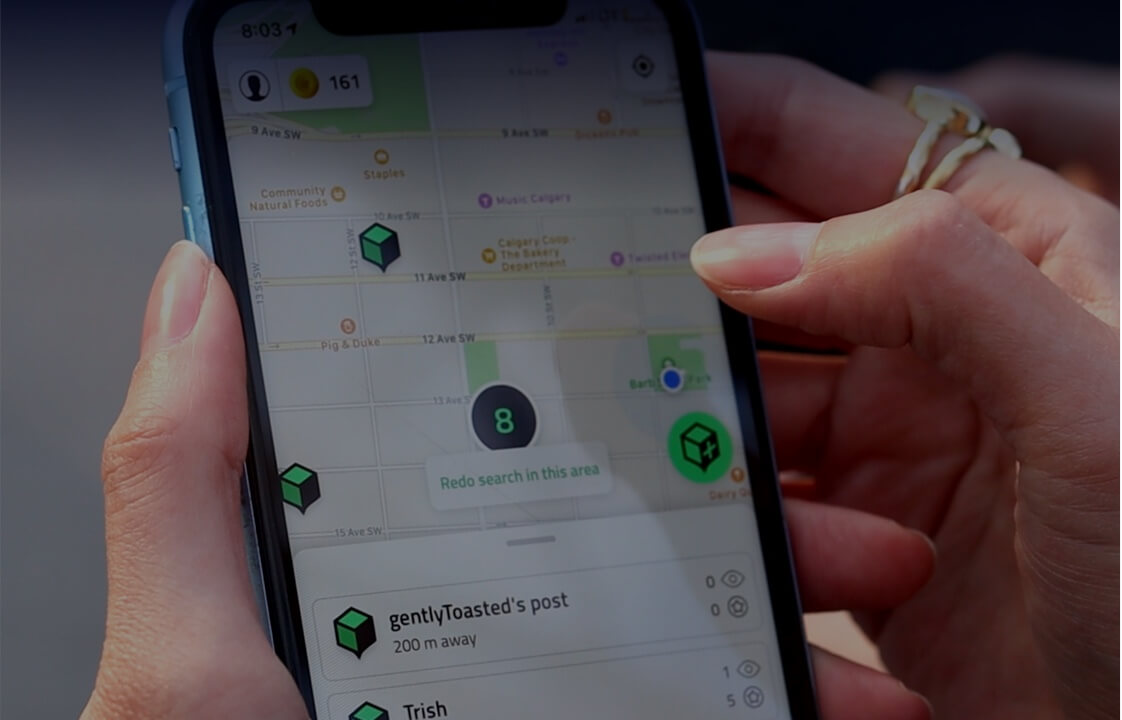3 Strategies for Businesses Interested in Using AI
One of the best ways to use AI in your business is to connect technology systems and streamline processes, helping users work better and faster. Take this example. A bank wants to deliver expert customer support across platforms. They introduce an intelligent Q&A system within Slack, MS Teams, and various web applications. The bank gives the system access to shared files, Google Docs, SharePoint, and third-party services. They also create new interfaces and workflows that incorporate this AI technology. Once the AI tool is connected across these platforms, employees or customers can ask questions in natural language. When they do, the tool searches all available sources to instantly provide accurate, helpful answers.
Of course, that example is one of many potential use cases. Overall, most business use cases for AI revolve around automation, analysis, and optimization. Beyond automating employee and customer support, predictive analytics for sales, supply optimization, and personalized marketing are just a few additional ways today’s organizations leverage AI.
When you think about how to apply AI in your organization, remember that AI should serve you—not the other way around. Below are some best practices for using AI to enhance your business processes and help your users.
1. Apply a Human-First Philosophy
To get more benefit from AI, pair it with human-centered thinking. Rather than fearing AI as a threat to jobs, integrate it into your organization based on how it can complement and assist your human team. The focus should be enhancing existing work and processes, like using chatbots to augment rather than replace your customer support team.
This approach also helps with buy-in from decision-makers who hesitate to adopt AI, fearing what it could mean for workforce morale and company culture. You can mitigate many concerns around AI by emphasizing how it lifts workloads off burdened teams, not just speeds up business processes. When you automate repetitive, low-value tasks, staff have time for more rewarding and strategic activities.
2. Cut Through the Hype with Expert Guidance
When implementing AI into your systems, the goal is to apply AI sustainably in a way that will add exponential value. With the speed at which AI is evolving, it’s often helpful to bring in advisors who have experience with AI and data science. These experts can help you align the technology with your organization’s needs and capabilities.
Look for a partner who can provide data scientists, engineers, and experienced designers to help you. You want a team that balances big ideas with technology expertise and risk assessment. They should be up-to-date on AI trends and use proven, outcome-driven methods for ideation, product development, and industry-specific risk mitigation.
3. Know the Business Risks of Using AI
While integrating AI into business brings numerous benefits, it also presents potential risks and downsides. For example, AI systems can inherit biases in the data used to train them, leading to biased decision-making. AI algorithms, especially in complex deep learning models, can be challenging to interpret, and a lack of transparency in decision-making processes may lead to difficulties in understanding how and why specific outcomes occur.
As AI-based point solutions are built across industries, including those with complex requirements like healthcare, it will be important that these solutions maintain compliance. AI systems can also become targets for cyberattacks, where malicious actors manipulate input data to mislead the AI or try to steal your business and customer data. Such attacks can have critical legal and reputational consequences.
To protect your company, awareness and diligence are imperative. Always have intentional human oversight in developing, using, and managing AI-based tools. You can proactively address these risks by providing robust governance, ethical guidelines, and ongoing monitoring of AI systems to ensure responsible and secure use. If you use a partner to help you build your AI products, ensure they are experienced and knowledgeable of the risks, including how to mitigate them.
Ready to talk about using AI in your business?
Complete our contact form to start the conversation, or email us at hello@robotsandpencils.com!




















